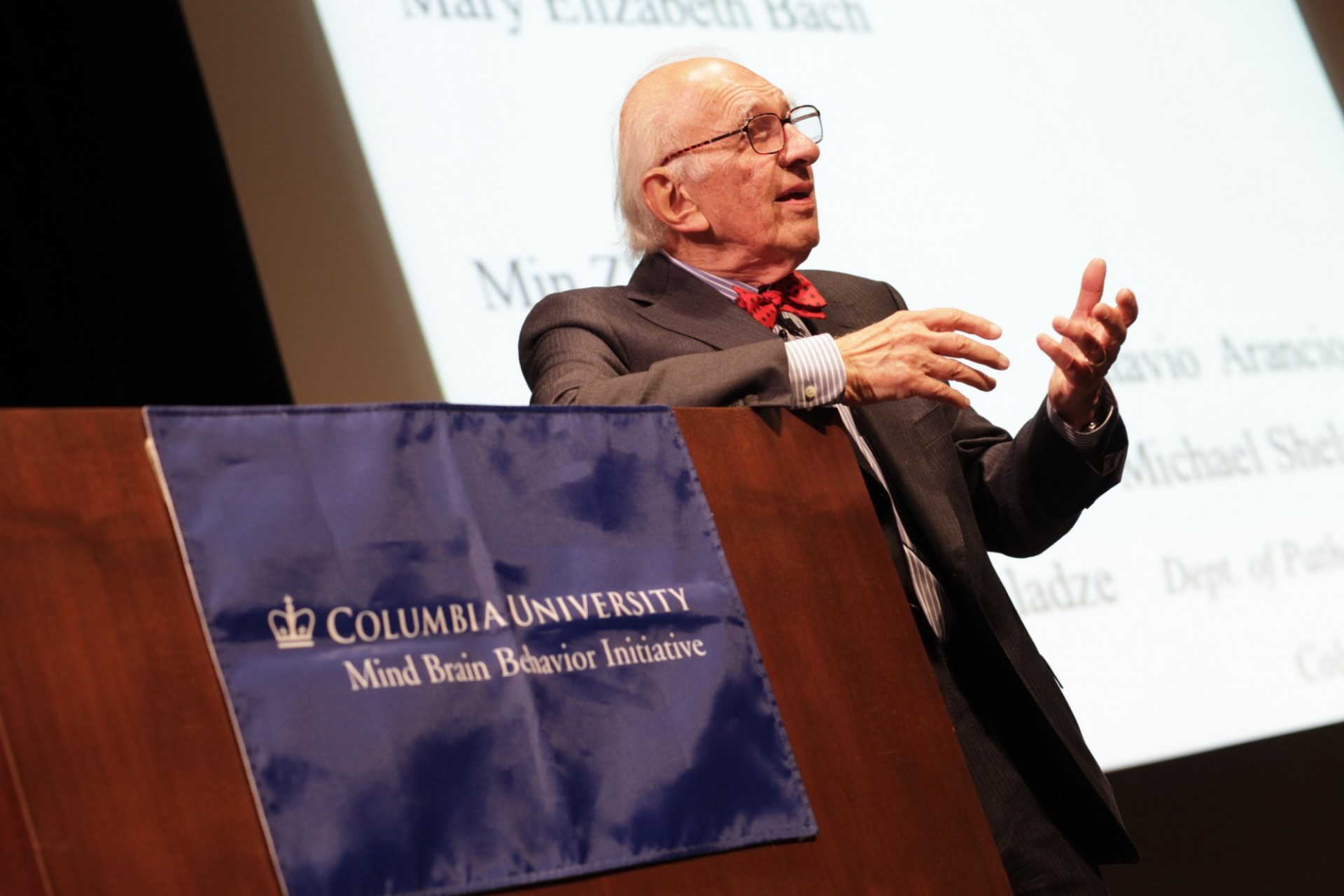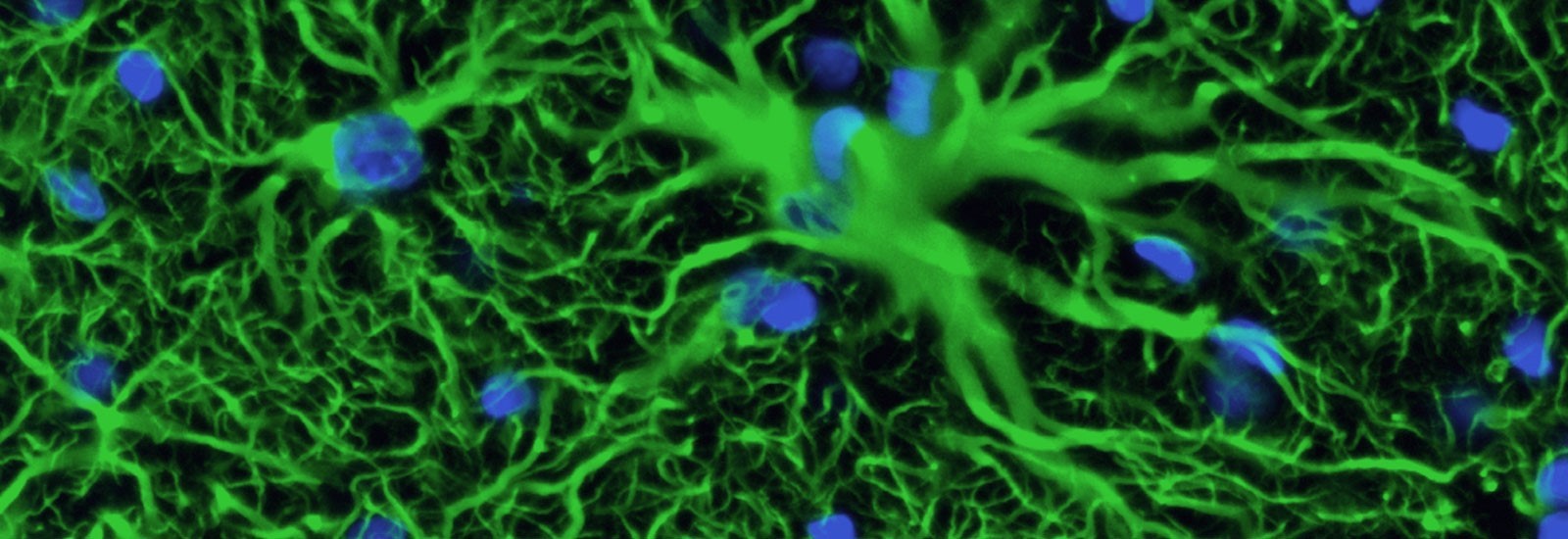History of the Program
In the mid-1970s, under the leadership of Eric Kandel, Columbia became one of the first universities to develop an integrated approach to research and graduate education in neuroscience. From these early stages our graduate program emphasized collaborative teaching and research, and this spirit is the foundation of the current Doctoral Program in Neurobiology and Behavior. Today, the program has over 100 faculty members and over 80 graduate students, and spans three research campuses (Morningside Heights, Manhattanville, and Columbia University Irving Medical Center). The program is co-directed by Ai Yamamoto, Darcy Kelley, Ken Miller, and Wes Grueber.
The program has three Nobel Prize winning mentors: Eric Kandel, MD, in physiology or medicine in 2000 for his research concerning signal transduction in the nervous system, Richard Axel, MD, in physiology or medicine in 2004 for his research on odorant receptors and the organization of the olfactory system, and Martin Chalfie, PhD, in chemistry in 2008 for his research on the green fluorescent protein, GFP.
Philosophy
Neuroscience faculty members work with students to nurture and encourage development as independent scientists. Program directors closely advise students on choosing research mentors and courses. Students are encouraged to develop a flexible, multidisciplinary approach to research and collaboration between investigators with different areas of expertise is common. This helps students readily adapt to new research methodologies and opportunities throughout their careers.
Students in the program can select a thesis topic from virtually any area of basic or translational neuroscience. While the Doctoral Program in Neurobiology and Behavior focuses primarily on problems in basic biological sciences, close association with clinical researchers creates an atmosphere in which students are encouraged to consider the implications of their research for understanding the neurobiology of disease. Clinically relevant research topics cover the spectrum of animal models for human disease.


